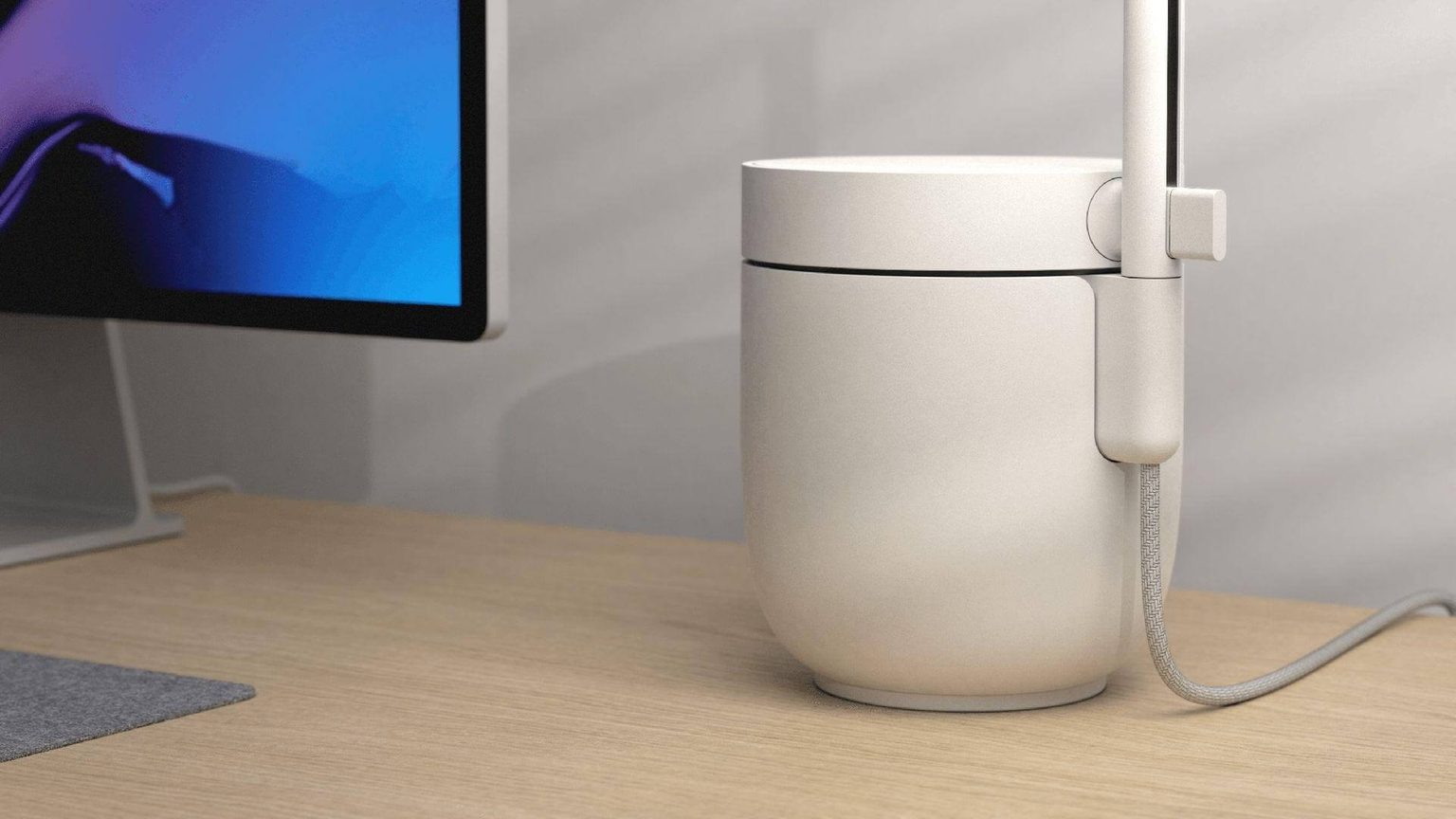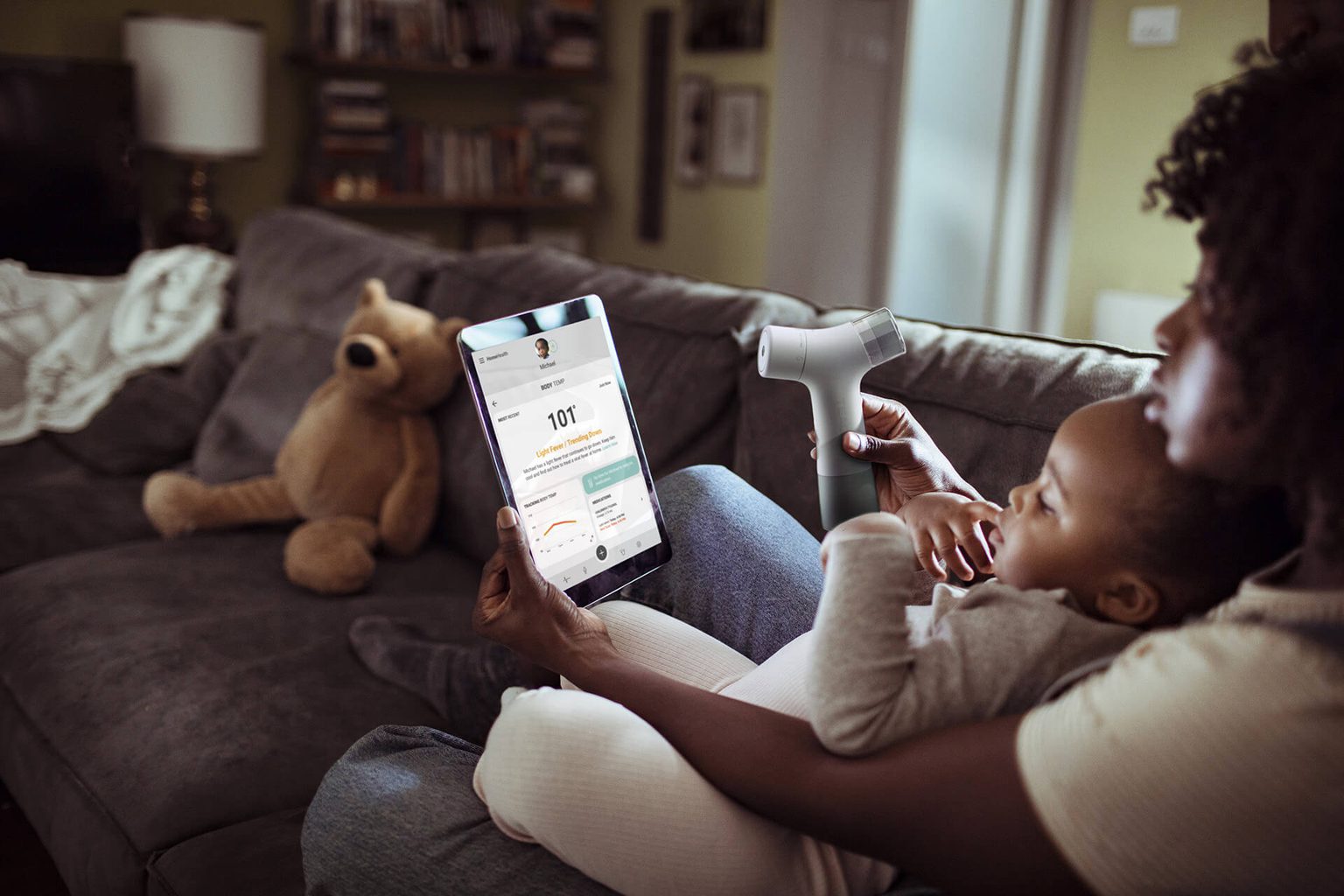
Technology
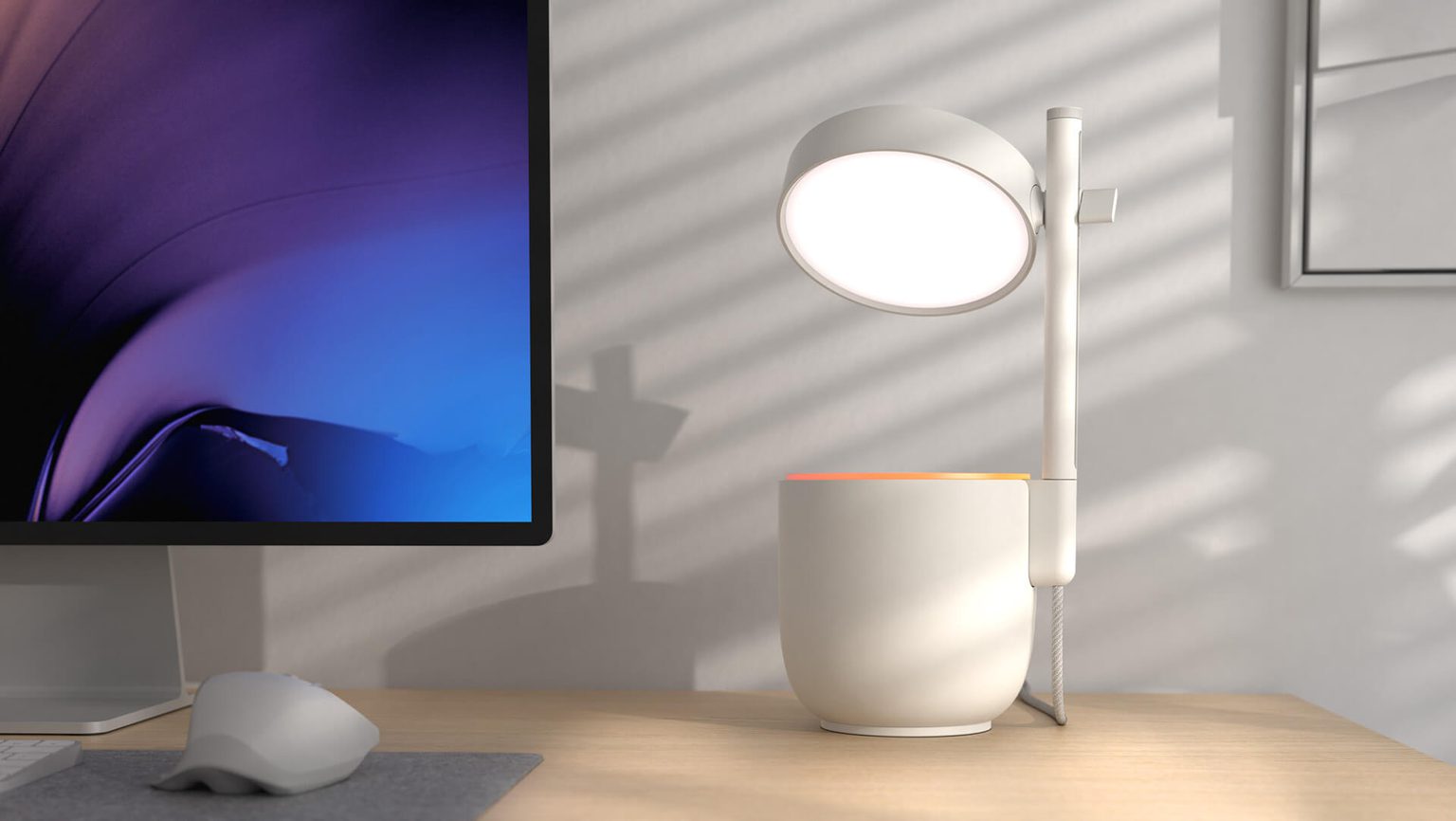
Colton Sanford & Nick Ross

Colton Sanford
Senior Industrial Designer

Nick Ross
Creative Director
It felt like overnight that remote work became a widespread reality. It has advantages for both businesses and employees, namely, cost savings and increased productivity levels. But there are downsides to remote life, too. Even for people who prefer and are accustomed to virtual work, the isolation can be challenging. Team dynamics aren't the same; neither are schedule boundaries. There's a lack of spontaneous social interaction, including the kind we discounted as trivial until now, like so-and-so asking about your weekend plans as you waited for the elevator on a Friday afternoon. A few coworkers eating lunch in the same space are still together even if they're not talking; physical proximity between colleagues builds camaraderie even in the smallest of exchanges.
Physical proximity between colleagues builds camaraderie even in the smallest of exchanges.
With this new normal top of mind, we were inspired to bridge the socialization gap between the traditional and remote workspace. We wanted to conceptualize something unique that veered away from typical desktop and mobile apps. The many tools that foster work collaboration—Slack, Zoom, Teams, Miro—also encourage social interaction. But virtual happy hours and the like have issues, like lack of engagement and conversation dominators that make participation feel more obligatory than fun. It also seems near impossible to spin-off a tangential side conversation with a colleague without derailing the group. It's not natural to be in a room with every colleague all at once—and it's not nice to exclude people either.
So, how do you replicate that "nearness" of the physical environment, that subtle feeling of connectedness between colleagues in the office, that spontaneous water-cooler chatter?
Chatspot is an unobtrusive desk accessory designed to subtly evoke that sense of togetherness lost in the virtual space. A simple, modern design is unified by a smooth matte finish, neutral color, and a rounded silhouette that discreetly encapsulates light and speaker elements. With effortless functionality, two parts are integrated by a single spine, allowing users to simply pull up or push down the top component to turn the device on or off.
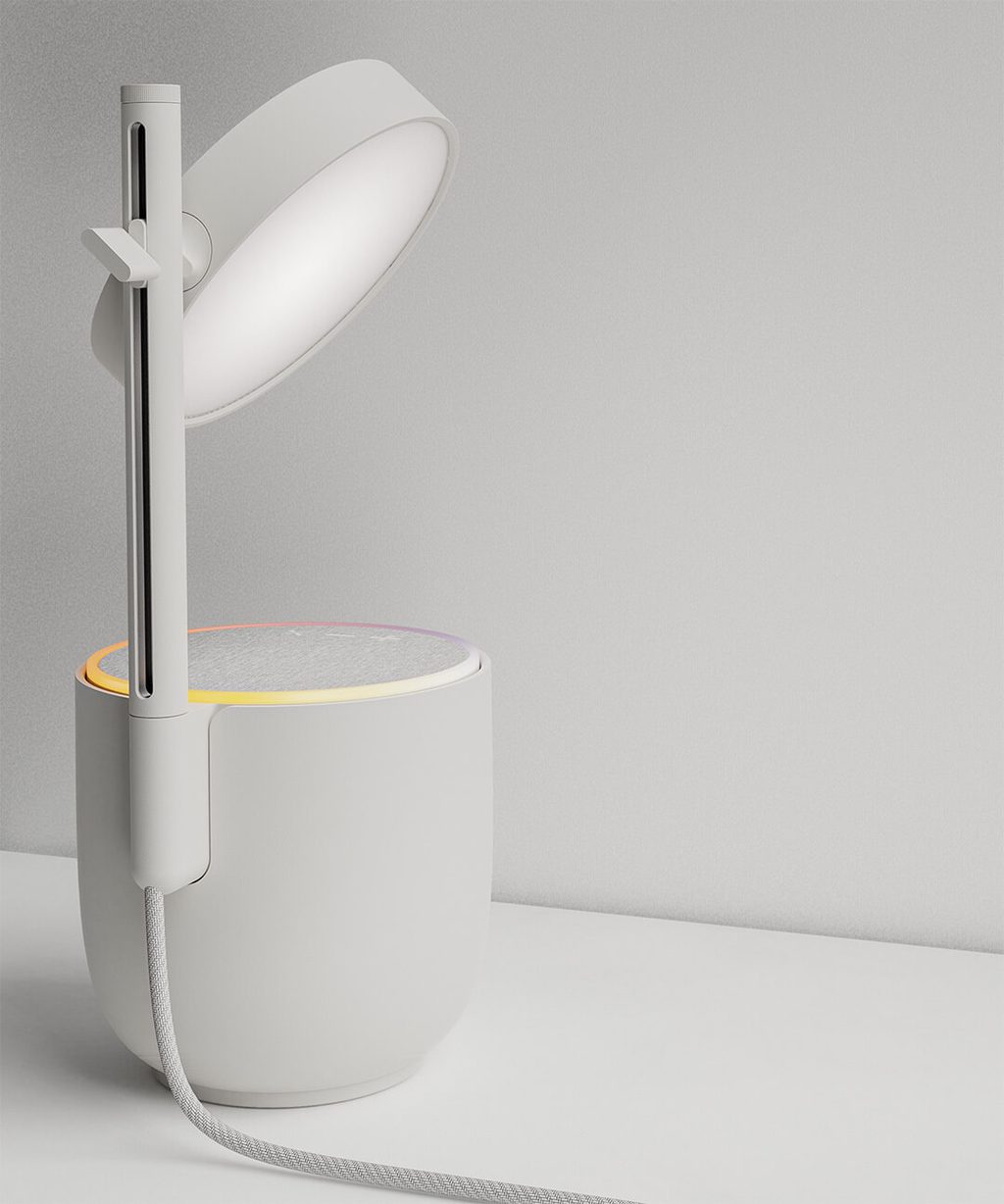
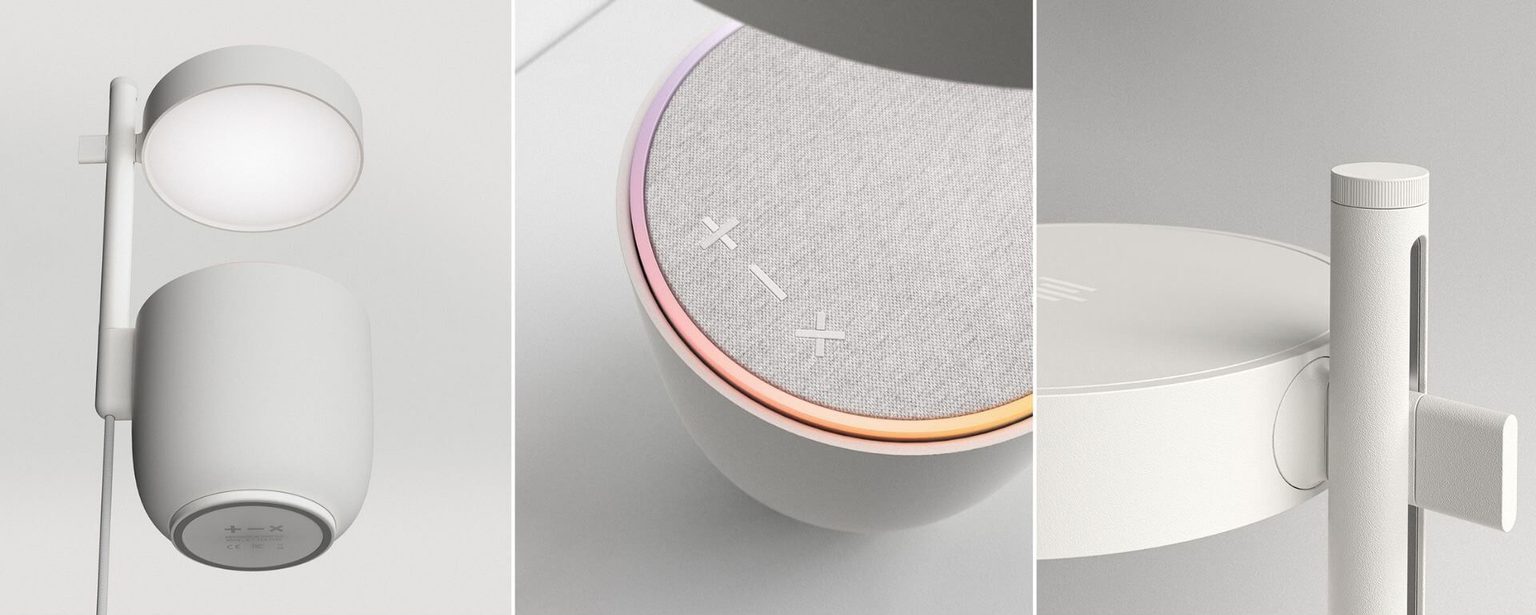
Our team poured a lot of time into exploring the lighting aspect of the Chatspot design. Lighting has proven implications on a person's mood, productivity, and sense of time. When working from an office we build routine through tasks such as commuting, leaving for lunch, or taking coffee breaks. These individual moments create structure and rhythm throughout the day that's lost while working and living in the same environment.
Chatspot's lamp softly projects an ambiance and hue that self-adjusts to reflect the day's natural light cycle, as well as the color temperature throughout a typical workday. The light ring at the top of the base indicates, in hue and brightness, the number of people "in the office." Early risers begin the day with a faint orange glow that intensifies as more colleagues trickle in, and fades again at lunchtime and the day's end. It's intentionally subtle yet remarkably effective in conveying a sense of togetherness, no microphone or camera required.
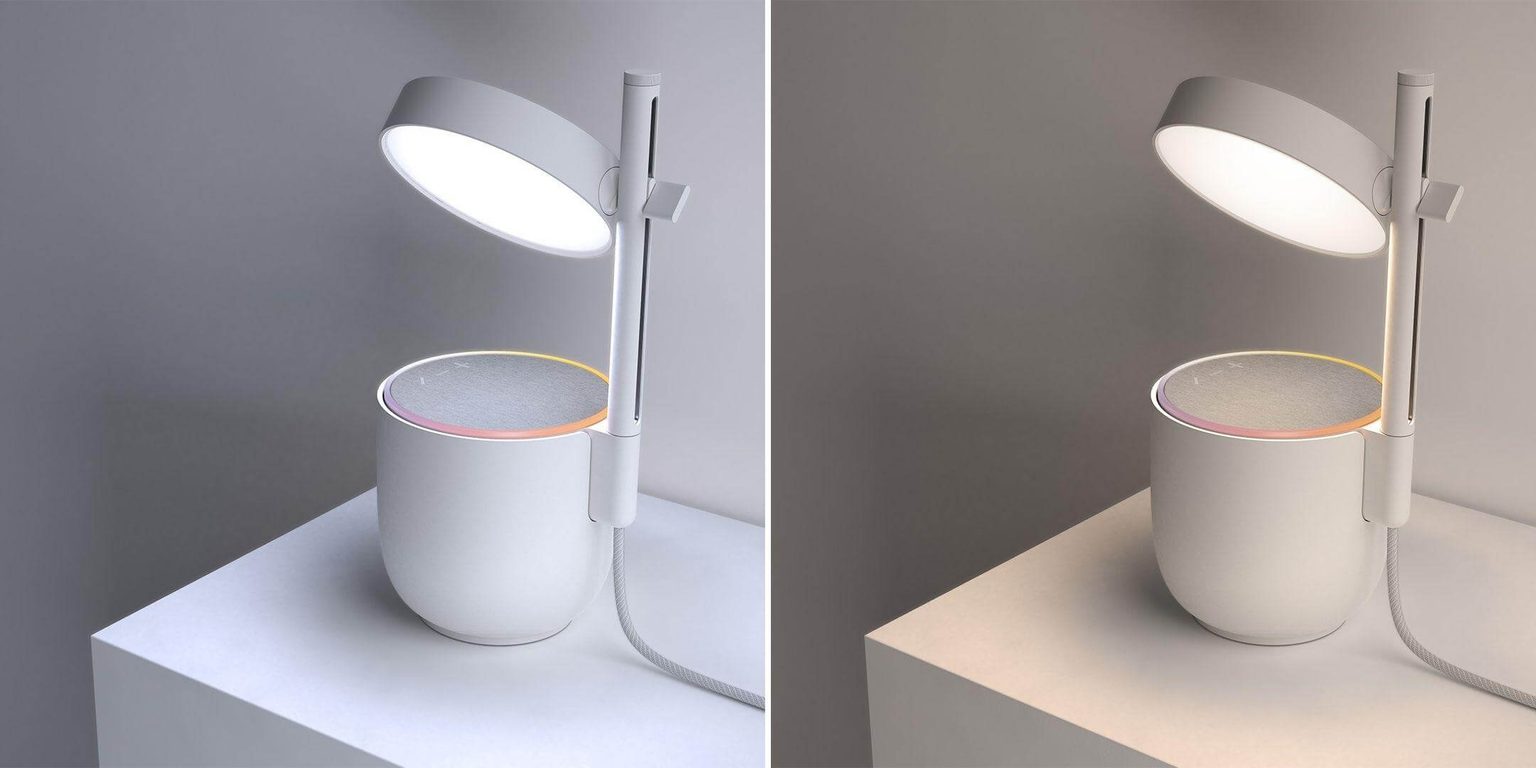
Maximizing the opportunity with Chatspot required digital integration, too. We merged thoughtful industrial and user experience design to replicate the office in a virtual blueprint, optionally laid out across your desktop's background, with spaces designated for specific social contexts. Lamp on, you're in the office—a straightforward, intuitive UI—where you can drag and drop into an open or closed door space. Again, mic and camera aren't necessary, just a profile photo, but if you stroll into a common area (signaling that you're open to conversation), you can use Chatspot's audio feature to communicate with other colleagues there, visible by their profile bubbles. Virtual rooms can be added and customized, too, like "shared music" or "passion projects."
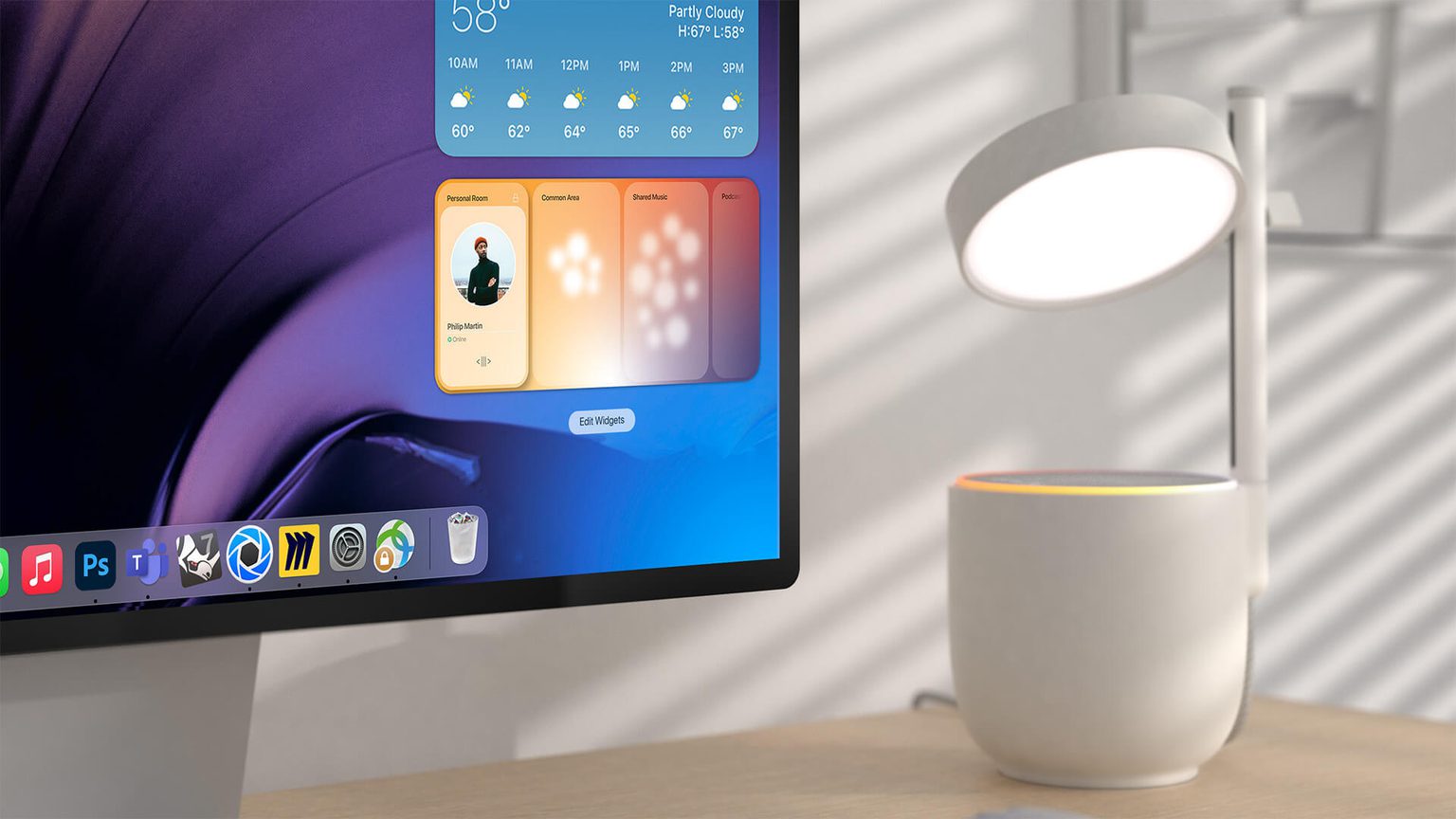
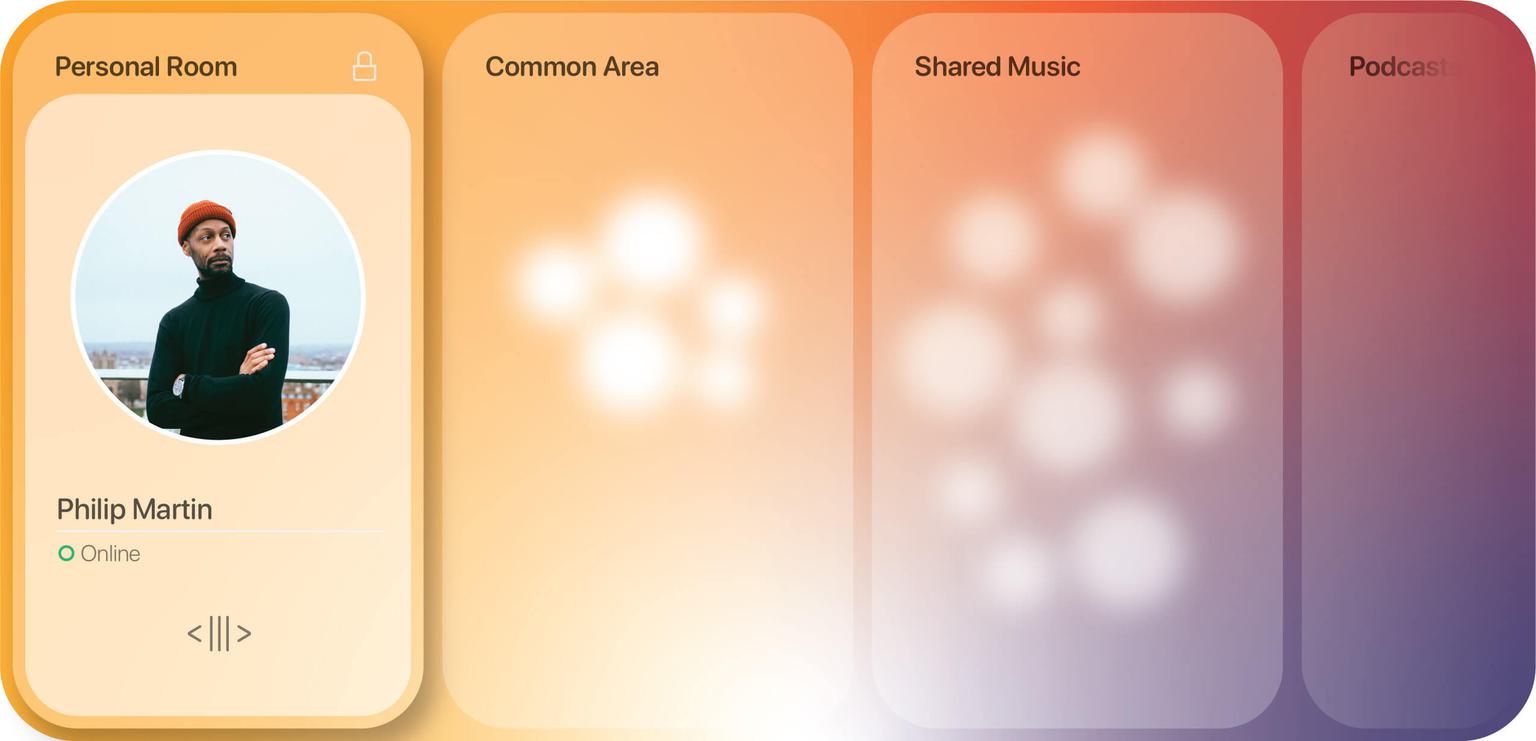
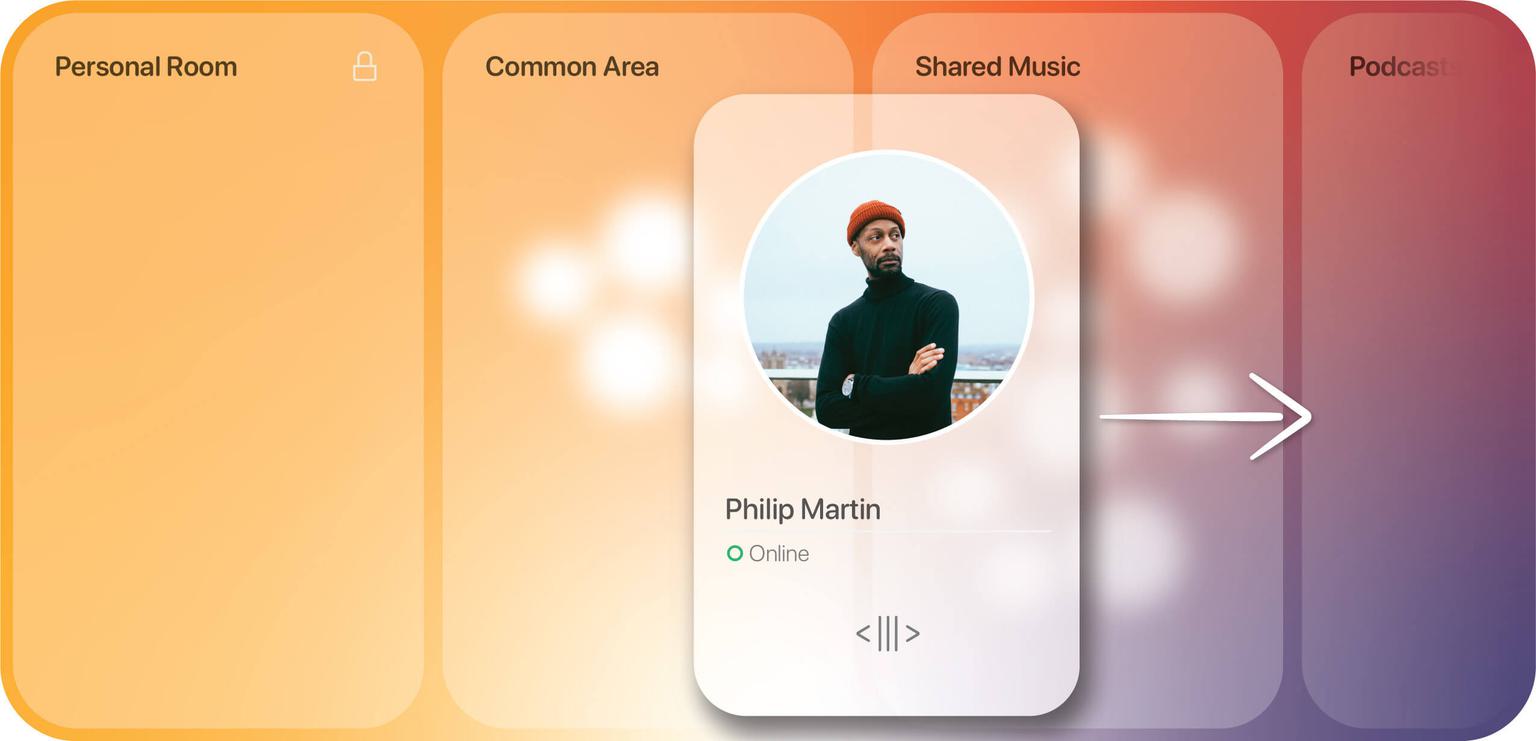
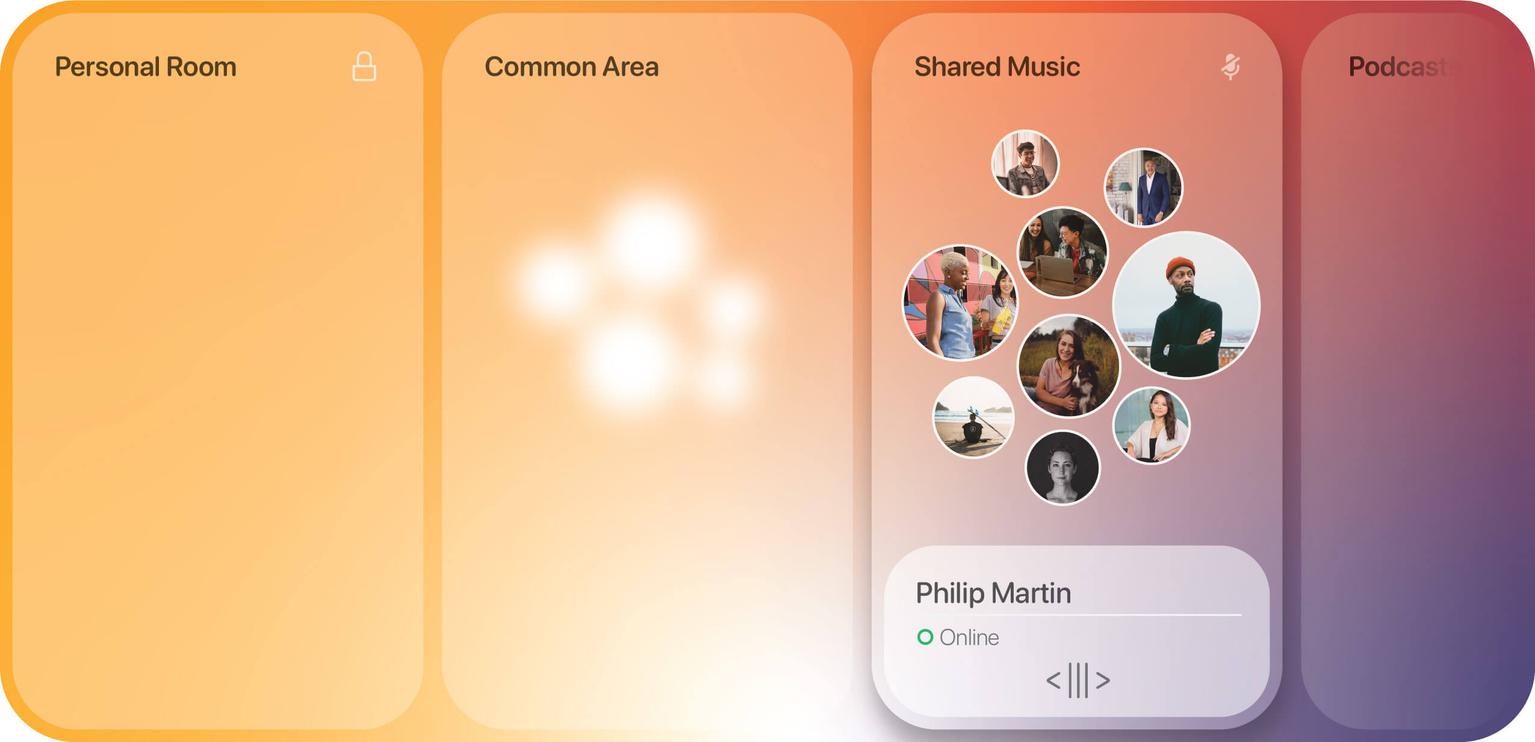
To leave the office, just push down on the top of the lamp to shut it off. There's no chance you left a camera rolling or that people can hear you scolding your kids. And even if you're still working and don't want to be bothered, Chatspot shows that you're officially gone. That's it. No more chatter.
